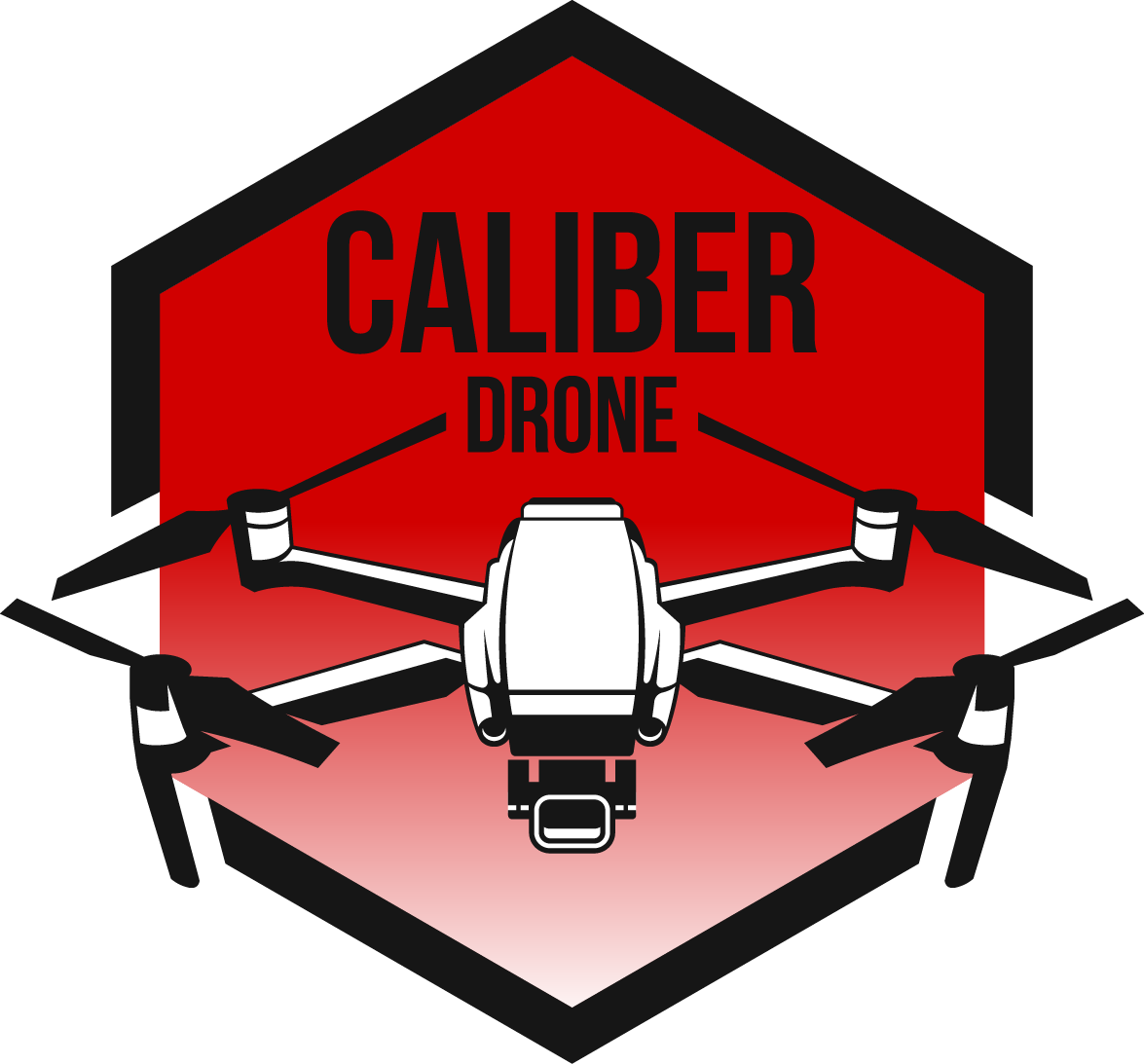Hail Damage Inspection Using IMGING App
Hail Damage Detected by Detailed Scans
The first week of June, 2022, Caliber Drone was approached by a drone startup company, DRNZ, that had landed a large contract from a roofing contractor in Wisconsin to inspect 500 rooftops in the Twin Cities / Wisconsin border area. They were using a piece of Software by Loveland Innovations® called IMGING®.
IMGING® app performing a Lawnmower Scan
After some initial app familiarization and feedback from Loveland, Caliber Drone took on a piece of the work. We used the app in the following ways:
“Speed Squares” - A feature of the IMGING® app where a user can draw a perimeter on the satellite imagery of a rooftop and enter the approximate pitch of the roof, was used to calculate the approximate “Squares” of the roof. Squares are 10’x10’ sections of roof surface. This data was used for quick invoicing.
“Lawnmower Scan” - This is the first scan style Caliber Drone produced for each rooftop using the IMGING® app. The Lawnmower Scan (sometimes referred to as a checkerboard pattern or “raster”) flys a back and forth pattern over the drawn perimeter, from two different directions, and then stitches those photos together to produce a 3D model of the rooftop. This information is used to create a detailed estimate of the shingles, flashing, gutters, ridge venting, and other elements required to accurately estimate materials for a roof replacement.
“Detailed Drone Inspection” - After performing the autonomous Lawnmower Scan, the next step in the process is the Detailed Drone Inspection. This step involves manually flying the drone and taking 1-4 samples of each roof facet, each approximately 10’x10’. It also includes close up photos of gutters, soft metal, venting, and chimney tops.
After the drone lands the images from the scans are transferred to the tablet connected to the drone’s remote control, and then later in the evening after a day of scans we uploaded the images to the Loveland servers.
The images are run through an Artificial Intelligence program which tags various types of damage (hail strike, missing shingle, soft metal damage, etc).
This is where the real power of Loveland’s solution comes into play. The images are run through an Artificial Intelligence program which tags various types of damage (hail strike, missing shingle, soft metal damage, etc). This damage can be reviewed by a human and “confirmed” or “denied” based on roofing knowledge and the high resolution close up images. This all occurs from the comfort of an office.
After damage is confirmed the damages are included in a report which can then be shown to the roof owner and the insurance adjusters to assist with processing a claim.
We found several scenarios where the roof would be manually walked by a roofing estimator, damage would be found and shown to an adjuster, and the claim would still be denied. After performing a drone scan and showing the adjusters the report from the scan, in multiple situations the claim was then approved.
In multiple situations, claims which had previously been denied were later approved after seeing the drone inspection report.
This technology has multiple advantages over the legacy methods of performing roof inspections:
It keeps roof estimators off rooftops, which results in less liability from accidental ladder/roof falls
It prevents fraud by no longer needing to allow roof estimators onto roofs where they may intentionally cause damage
It provides a more thorough investigation of damages on steep roofs, multi-tiered roofs, or roofs with complicated geometry that would be time consuming and difficult to access by conventional means
It increases detection of damage and decreases the subjective nature of identifying damage while climbing a roof manually
It reduces the time involved with processing a rooftop
It provides the roofing contractor with accurate materials estimates in the event the roof claim is approved, without having to visit the site multiple times
Caliber Drone was thrilled to work with Loveland Innovations, DRNZ, as well as the building contractor to ensure accurate detailed shots were collected, customers felt safe with a drone flying around their property, and all applicable rules and regulations were followed for these commercial drone flights. After over 200 rooftops scanned we are happy to report there have been no drone crashes and no damage done to any structures or people, with more scans happening each week!
If you have any questions about this process and would like to learn more, please contact Caliber Drone at:
218-833-9148
inquiry@caliberdrone.com




